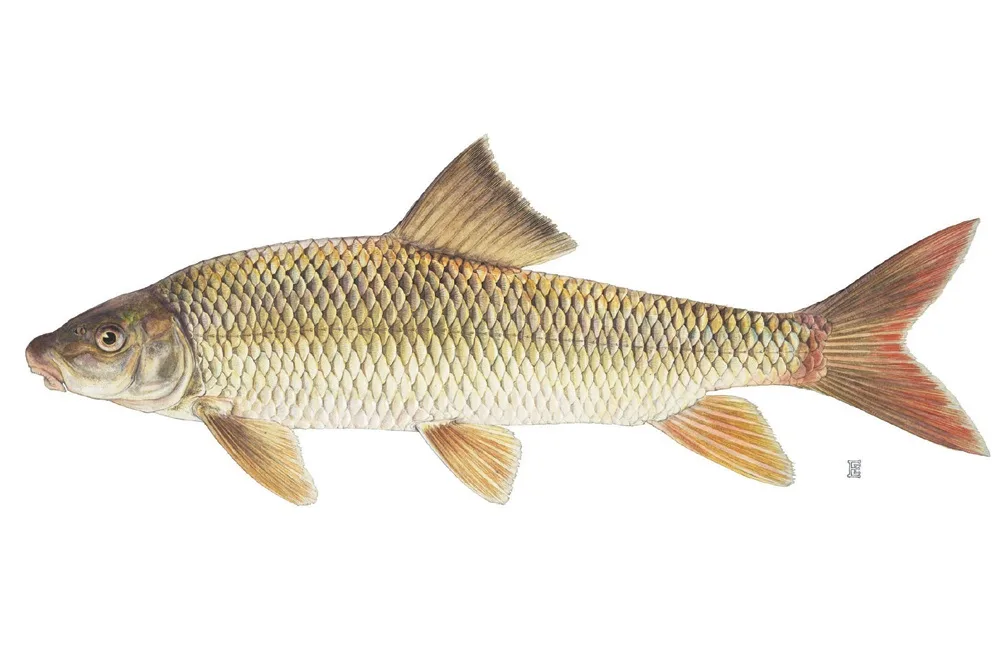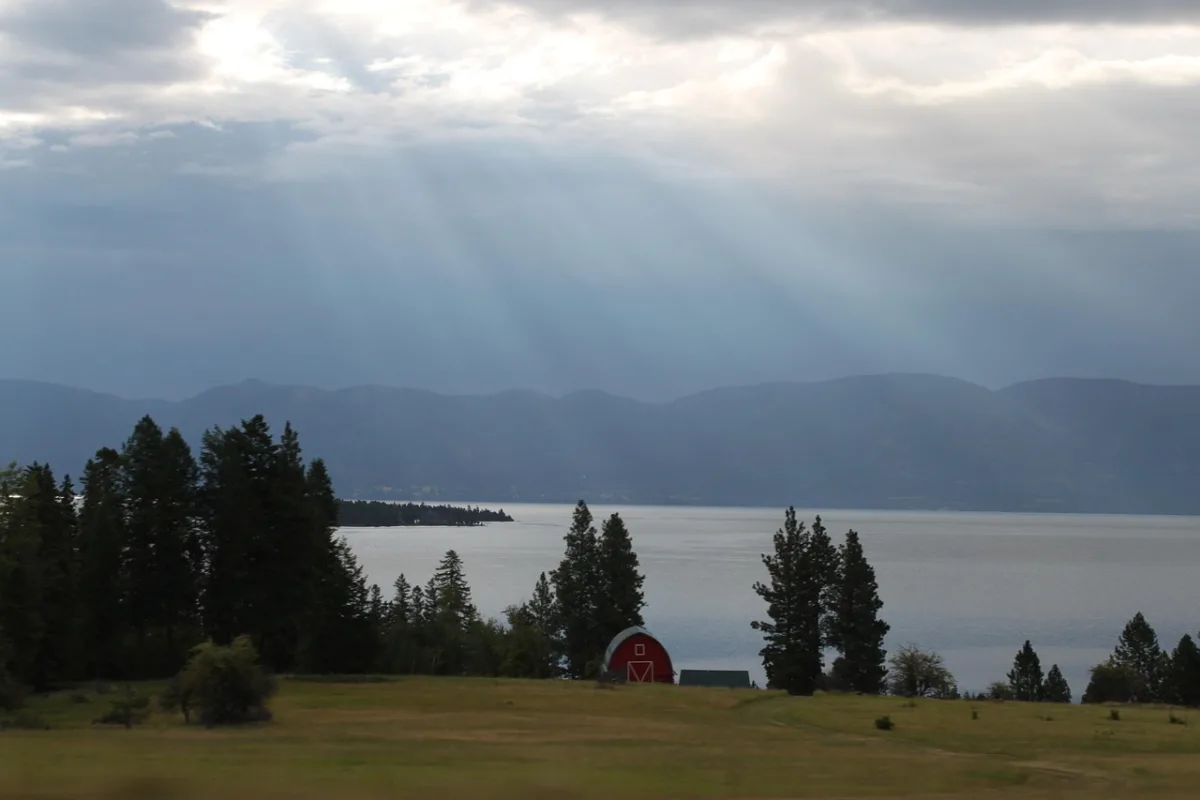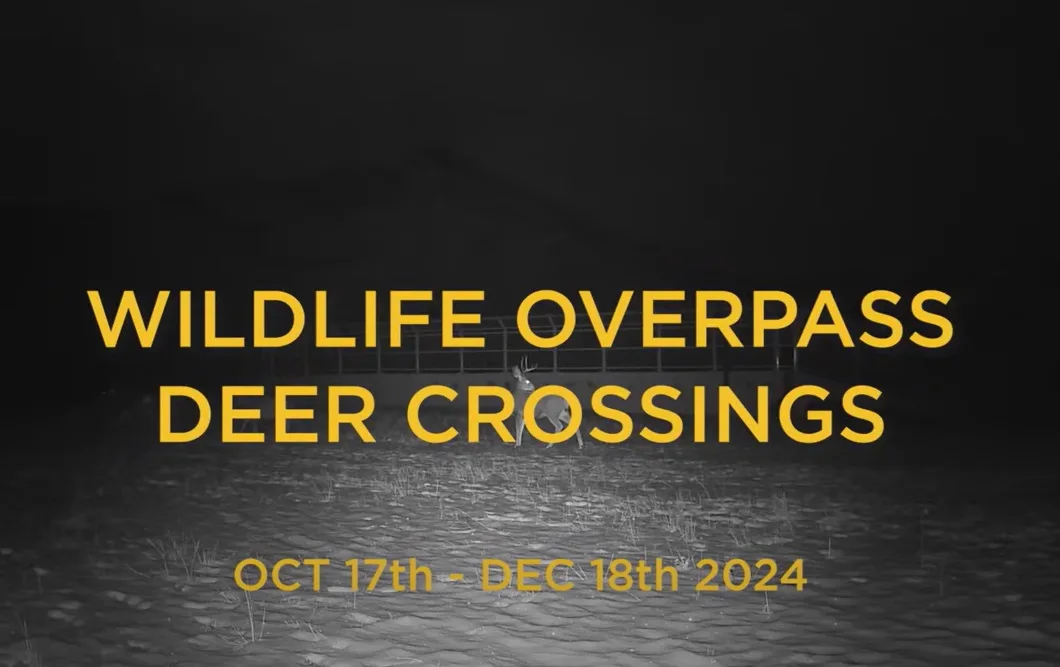Montana Outdoor

FWP News: Women of childbearing age and young children advised to not consume shorthead redhorse suckers from Yellowstone River near Reed Point
BILLINGS – The Fish Consumption Advisory Board (FCAB), consisting of representatives from the Montana Department of Public Health & Human Services (DPHHS), Montana Department of Environmental Quality (DEQ) and Montana Fish, Wildlife & Parks (FWP), has issued an updated consumption advisory for fish on the Yellowstone River.
Women of childbearing age, including nursing mothers, women who are pregnant or who may become pregnant, and young children (age 0 to 6 years) are advised to not consume shorthead redhorse, a fish in the sucker family, from Bratten Fishing Access Site (FAS) to Itch-Kep-Pe Park in Columbus on the Yellowstone River due to elevated levels of hydrocarbons. Hydrocarbons are a class of chemicals made up of only carbon and hydrogen atoms. They can range from a simple gas, such as methane, to complex long chain chemicals found in crude oil. Hydrocarbons occur in both industry and nature.
The FCAB recognizes that human consumption of fish species such as shorthead redhorse is uncommon. There are no advisories on using meat from shorthead redhorse from this section of river as bait while angling for other fish species.
Sampling Results
Fish species from the Yellowstone River were initially sampled in the summer of 2023 for human health concerns as a follow-up to the train derailment that spilled liquid asphalt into the river.
Various polycyclic aromatic hydrocarbons (PAHs) and hydrocarbons were detected in fish tissue from sampling in the summer and fall of 2023 and summer of 2024. The source of these contaminants was not determined.
Most recently, FWP crews collected fish at Otter Creek Holmgren Ranch (FAS) and at Huntley on the Yellowstone River on June 24, 2024, to monitor for human consumption concerns. This sampling was approximately one year from the first sampling in 2023, so environmental conditions such as water flow and temperature would be consistent. Brown trout, rainbow trout, longnose sucker and mountain whitefish of various lengths were collected at Otter Creek and Holmgren Ranch FASes. At Huntley, smallmouth bass, channel catfish, goldeye and shorthead redhorse were collected. The same fish species were not collected at all sites, as the species present in the Yellowstone River change as the river habitat changes.
The FCAB averaged the results from all sampling efforts from summer 2023 to summer 2024. The only exceedance of the recommended amount of hydrocarbons was for shorthead redhorse consumed by children six years and younger and women of childbearing age. No other fish species exceeded limits for these contaminants. The previous consumption advisories from Aug. 11 and Sept. 19 , 2023, and May 31 , 2024, for various species of fish on the Yellowstone River have been lifted.
Because of their frequent movement throughout river systems, fish cannot be used to determine contaminant sources. Sampling conducted by the Fish Consumption Advisory Board was not designed to find a source of contaminants, but rather to look at human consumption concerns in fish tissue.
Currently, the FCAB is not suggesting additional sampling for human health concerns in this section of the Yellowstone River.
The hydrocarbons detected in the shorthead redhorse samples may affect the liver, kidney and blood when eating a lot of fish over a long period of time, based on animal research. These effects from eating fish have not been recorded in humans. Most of the chemicals detected in fish collected in 2023 and 2024, including those detected in the shorthead redhorse samples, have not been classified as cancer-causing.
For more information on petroleum hydrocarbons, visit: CDC’s Total Petroleum Hydrocarbons page.
Feature photo via Wikipedia
Skeletal remains found near Flathead River
On February 4, 2025, at about 1015 am, the Lake County Sheriff’s Office was notified that a Tribal Game Warden had located skeletonized human remains in the Buffalo Bridge area on the Flathead River.
Wildlife Overpasses Work—And This Video is the Proof
This footage from Idaho Fish and Game shows over 1,000 deer safely crossing the Cervidae Peak Wildlife Overpass in just two months—proving that these crossings are saving lives, one hoof at a time.


